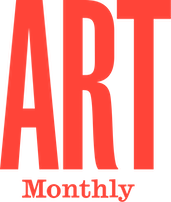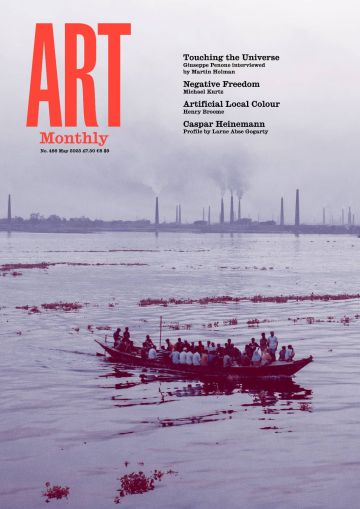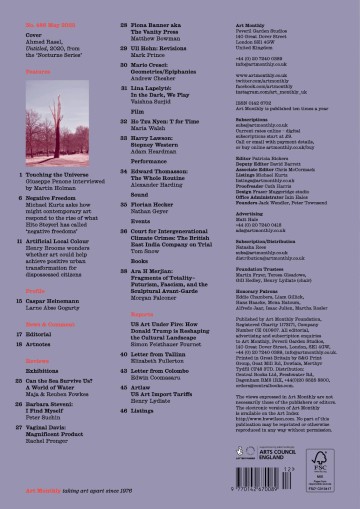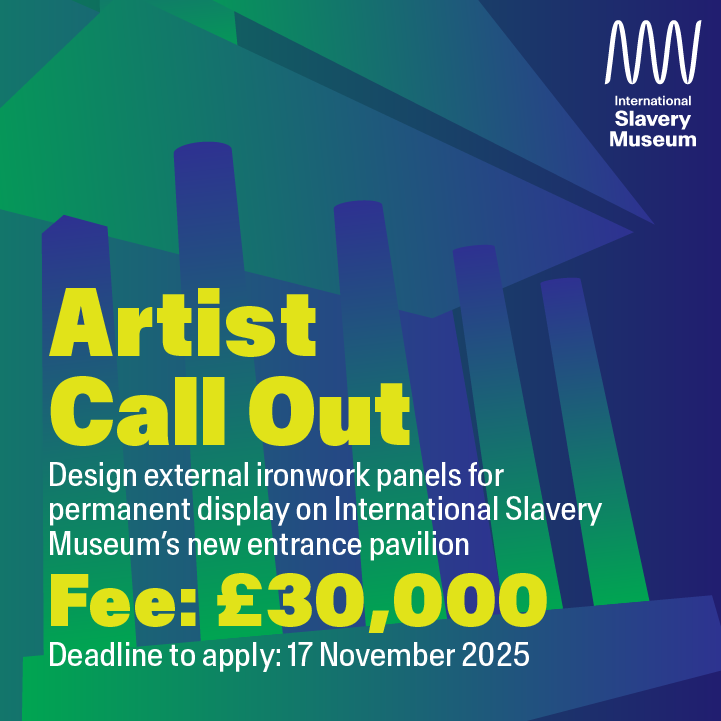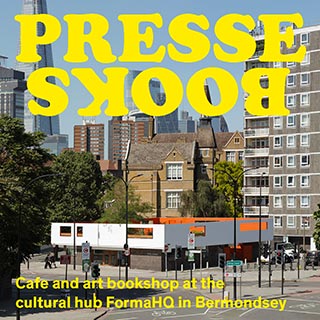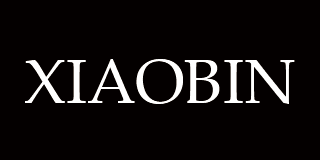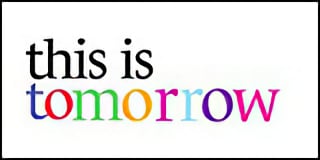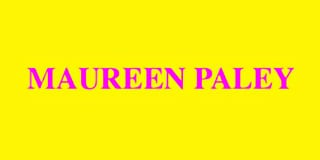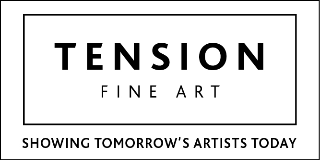Art Monthly 486
May 2025
Giuseppe Penone
Interviewed by Martin Holman
Negative Freedom
Michael Kurtz
Artificial Local Colour
Henry Broome
Caspar Heinemann
Profile by Larne Abse Gogarty
Buy Now – select:
Want to read this right now?
Get instant access to the entire back catalogue via Exact Editions from only £8.99!
Contents
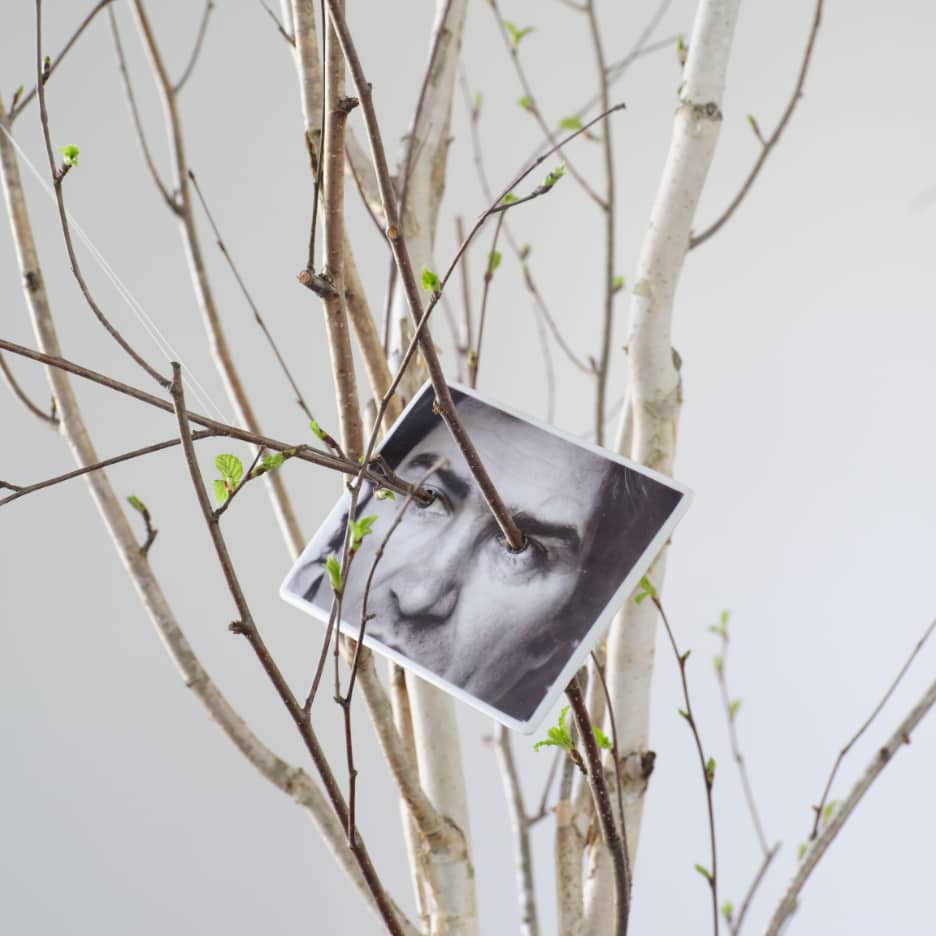
Giuseppe Penone, Vegetal Gaze, 1995
Interview
Touching the Universe
Giuseppe Penone interviewed by Martin Holman
When you breathe you introduce into the air that is in the room a form that has a different temperature than the air around it. It is like the intrusion of a form in a material, so in that sense it is a sculpture, a sculpture that starts at the beginning of our life and ends when we finish.
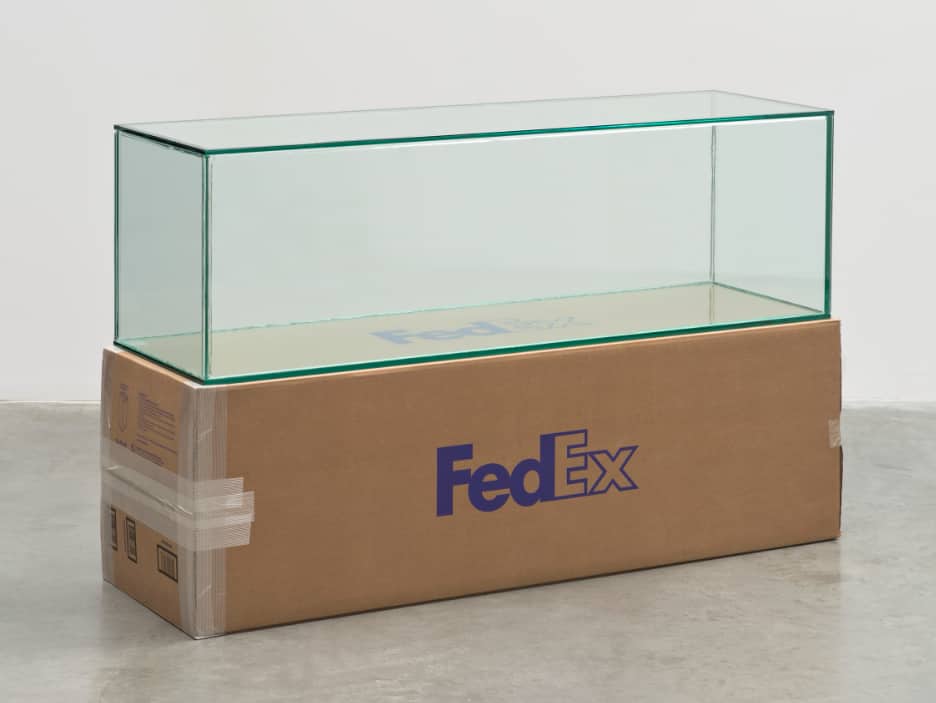
Walead Beshty, FedEx Golf-Bag Box …, 2012–
Feature
Negative Freedom
Michael Kurtz asks how might contemporary art respond to the rise of what Hito Steyerl has called ‘negative freedoms’
In our increasingly networked reality of digital dependency and atomised freelancers, with museums crumbling alongside so much of the public sphere, the battleground for critical art has changed beyond recognition.
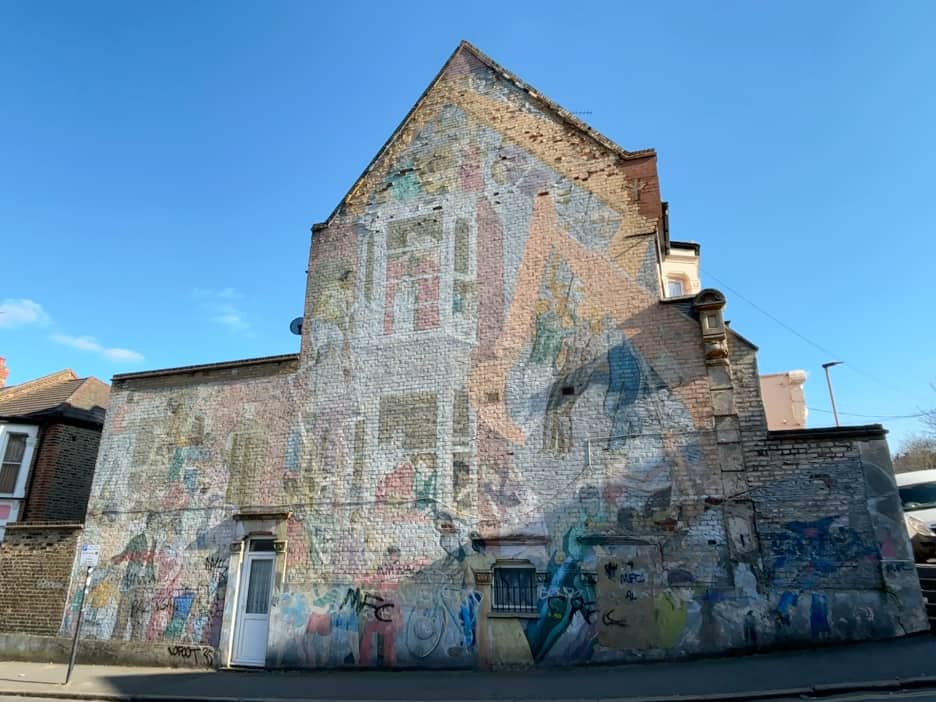
Greenwich Mural Workshop, Floyd Road Mural, 1976
Feature
Artificial Local Colour
Henry Broome wonders whether art could help achieve positive urban transformation for dispossessed citizens
The multicoloured art that developers commission represents socially excluded groups on a purely symbolic level, while on a very real material level the same developers bulldoze their homes.
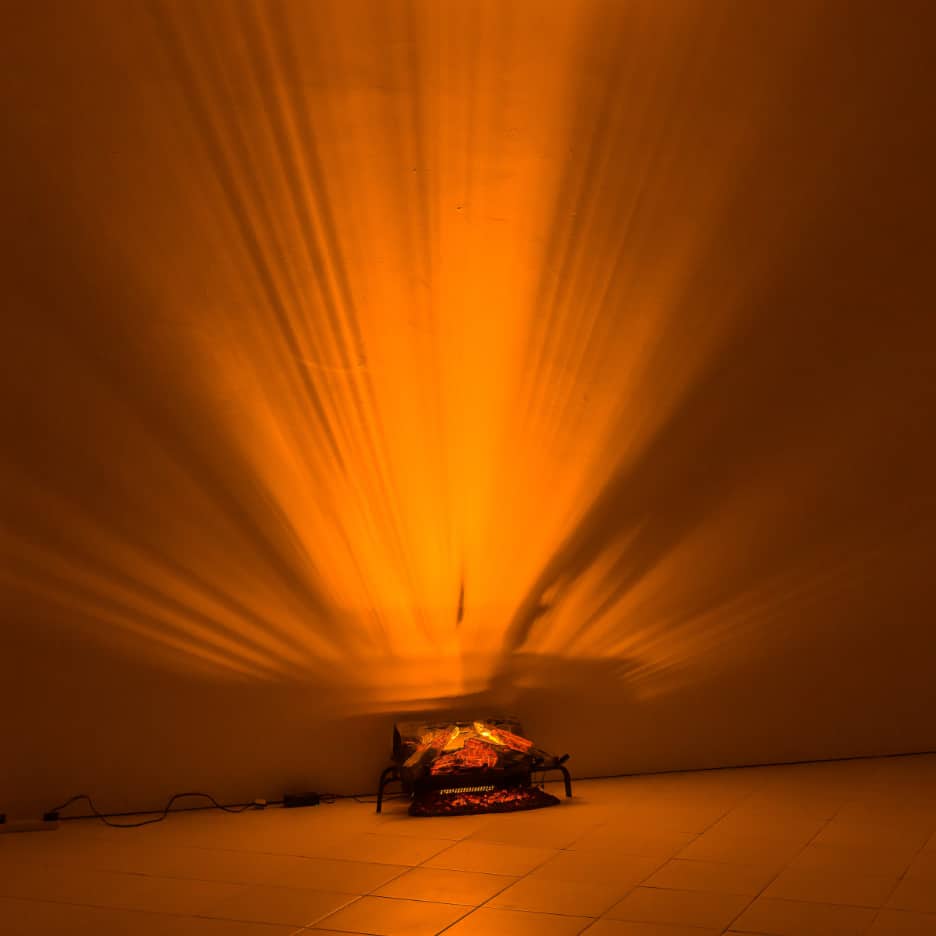
Caspar Heinemann, Festival of Light, 2022
Profile
Caspar Heinemann
Larne Abse Gogarty
Caspar Heinemann’s work makes me unembarrassed in believing in the necessity of subculture, the handmade and the DIY because of his commitment to ‘convey the infinite with the least possible means’.
Editorial
The Long Good Buy
The UK’s increasing inequality is clearly visible in the exploitative higher-education system, where students are treated as cash cows by universities and real-estate developers alike.
In the post-industrial age it is more appropriate, perhaps, to describe the ever-expanding university sector as the ‘corporate-educational complex’ or ‘corporate-academic complex’.
Artnotes
Let’s Create Dissent
ACE is forced to defend its controversial Let’s Create strategy just its future is uncertain; the UK’s flagship galleries struggle to draw audiences compared with international counterparts; Just Stop Oil end their stunts attacking artworks; more Palestinian and Ukrainian artists have been killed in airstrikes; demolition plans are revealed for the iconic School of Art in Wolverhampton; plus the latest on galleries, people, awards and more.
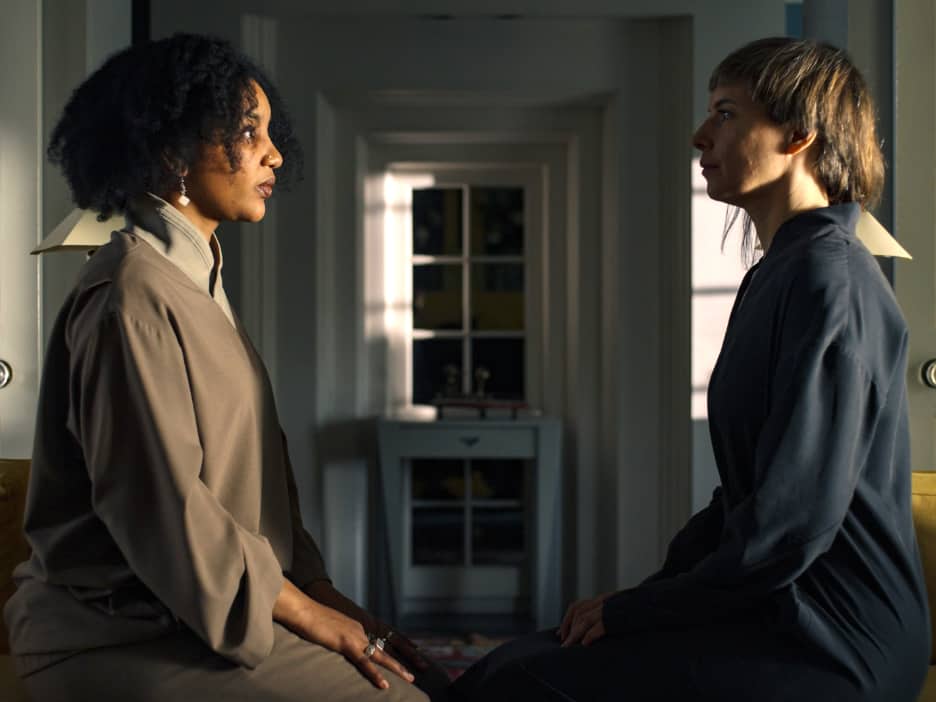
Lina Lapelyte, You Turn to Me, 2025, The Cosmic House, London
Exhibitions
Can the Sea Survive Us? A World of Water
Sainsbury Centre, Norwich
Maja and Reuben Fowkes
Barbara Steveni: I Find Myself
Modern Art Oxford
Peter Suchin
Vaginal Davis: Magnificent Product
Gropius Bau, Berlin
Rachel Pronger
Fiona Banner aka The Vanity Press
Frith Street Gallery, London
Matthew Bowman
Ull Hohn: Revisions
Haus am Waldsee, Berlin
Mark Prince
Mario Cresci: Geometries/Epiphanies
Large Glass, London
Andrew Chesher
Lina Lapelytė: In the Dark, We Play
The Cosmic House, London
Vaishna Surjid
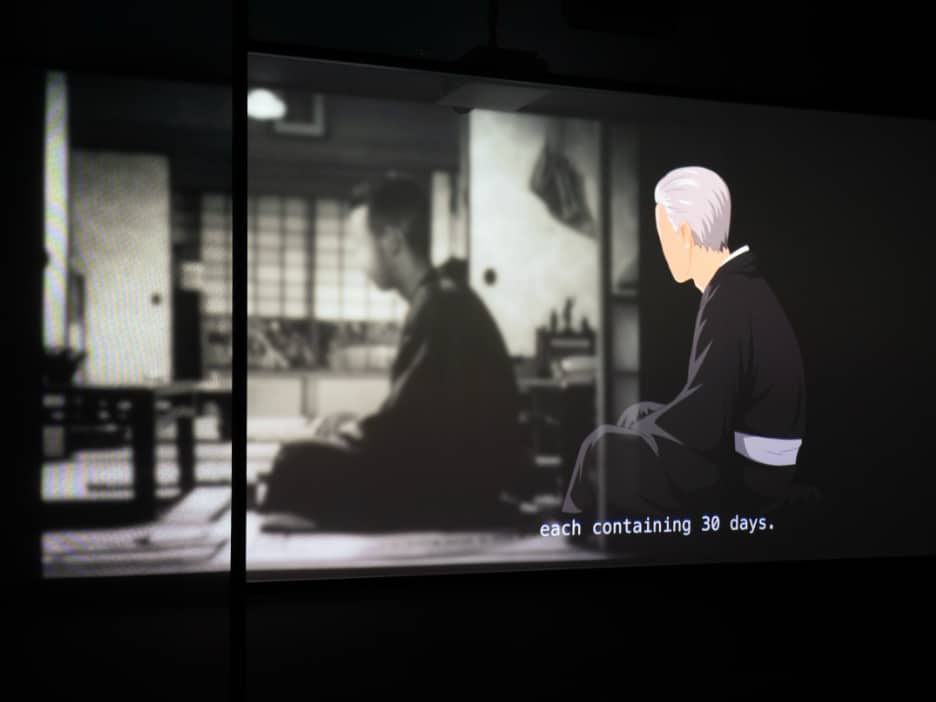
Ho Tzu Nyen, T for Time, 2023–
Film
Ho Tzu Nyen: T for Time
Maria Walsh
As an act of postcolonial resistance, Ho Tzu Nyen wants to get away from the singular timeline of imperial history, which he achieves by submitting his database of imagery to algorithmic editing.
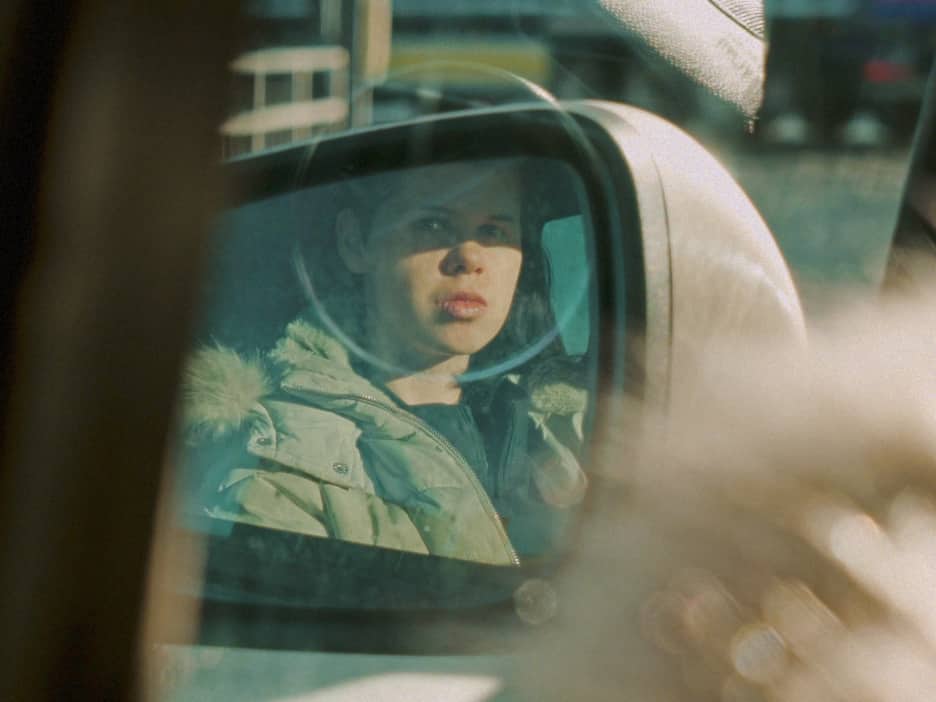
Harry Lawson, Stepney Western, 2025
Film
Harry Lawson: Stepney Western
Adam Heardman
The director and the people he works with ask sociopolitical questions about the struggle to figure out how to lead one’s life, what it means to be part of a community, and how to simultaneously embrace and look beyond your inherited circumstances to see the horizon, the sky.
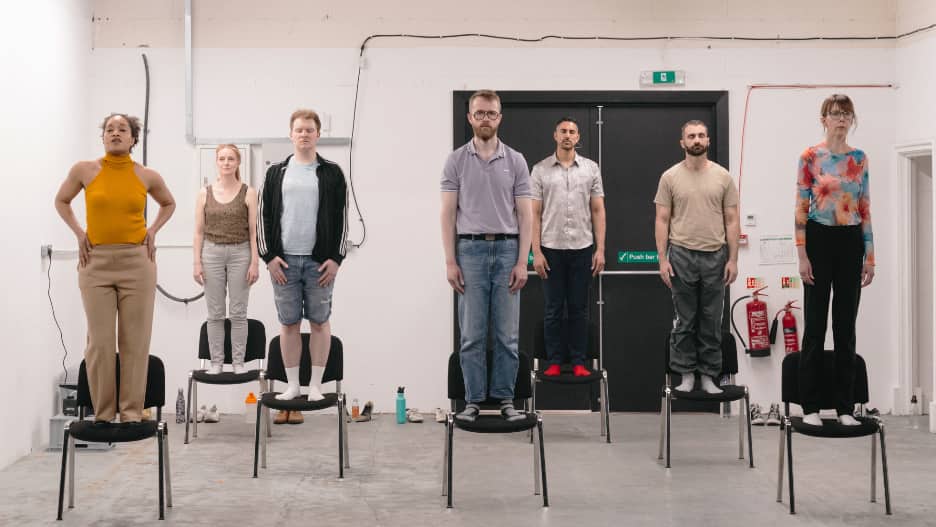
Edward Thomasson, The Whole Routine, 2025
Performance
Edward Thomasson: The Whole Routine
Alexander Harding
The Whole Routine continues Edward Thomasson’s interest in how subtle forms of control are navigated, responded to or exerted within social situations; slowing these behaviours down to reveal them not only as performative parts of our everyday interactions, but also where such notions or hopes of control might slip.
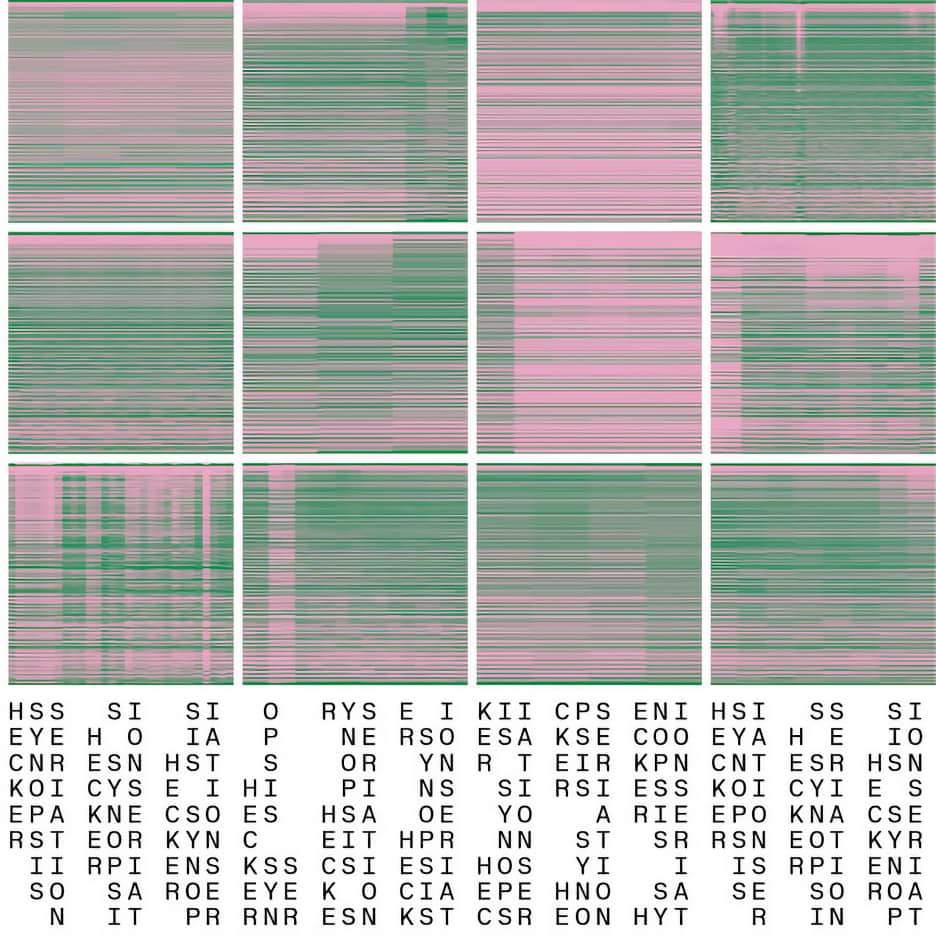
Florian Hecker, Synopsis Seriation, 2021
Sound
Florian Hecker
Nathan Geyer
To an extent, the experience of this kind of high-intensity sound is violent, but it can also produce a hypnotic passivity. After a short while, I had begun to imagine each fizzing high-frequency tone was a needle piercing my body.
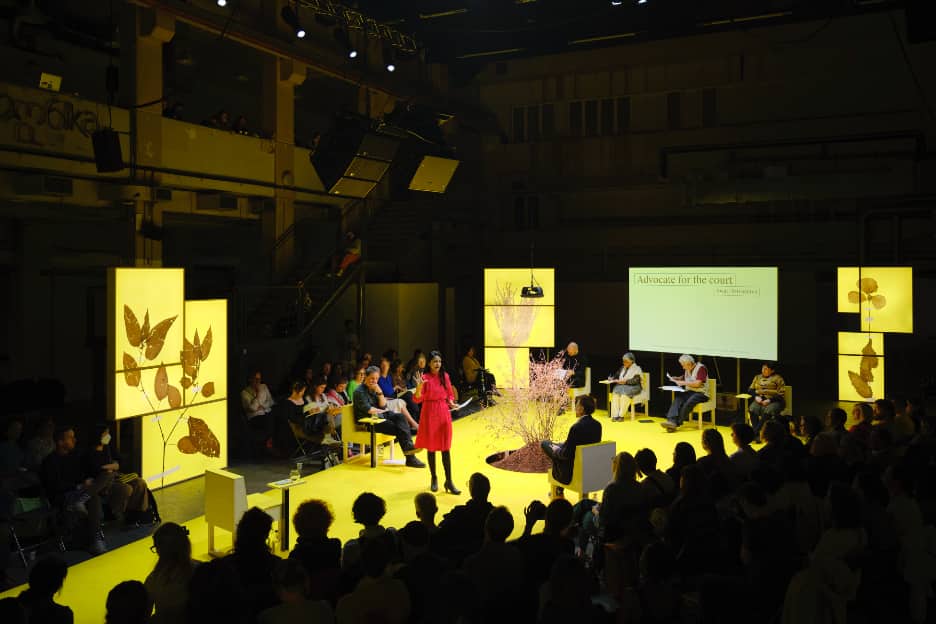
Radha D’Souza and Jonas Staal, Court for Intergenerational Climate Crimes: The British East-India Company on Trial, 2025
Events
Court for Intergenerational Climate Crimes (CICC): The British East India Company on Trial
Tom Snow
Part of the premise of the CICC is that all courts, whether recognised as legitimate under law or not, are ‘performative’; their participants operate according to preestablished scripts or ‘fictions’.
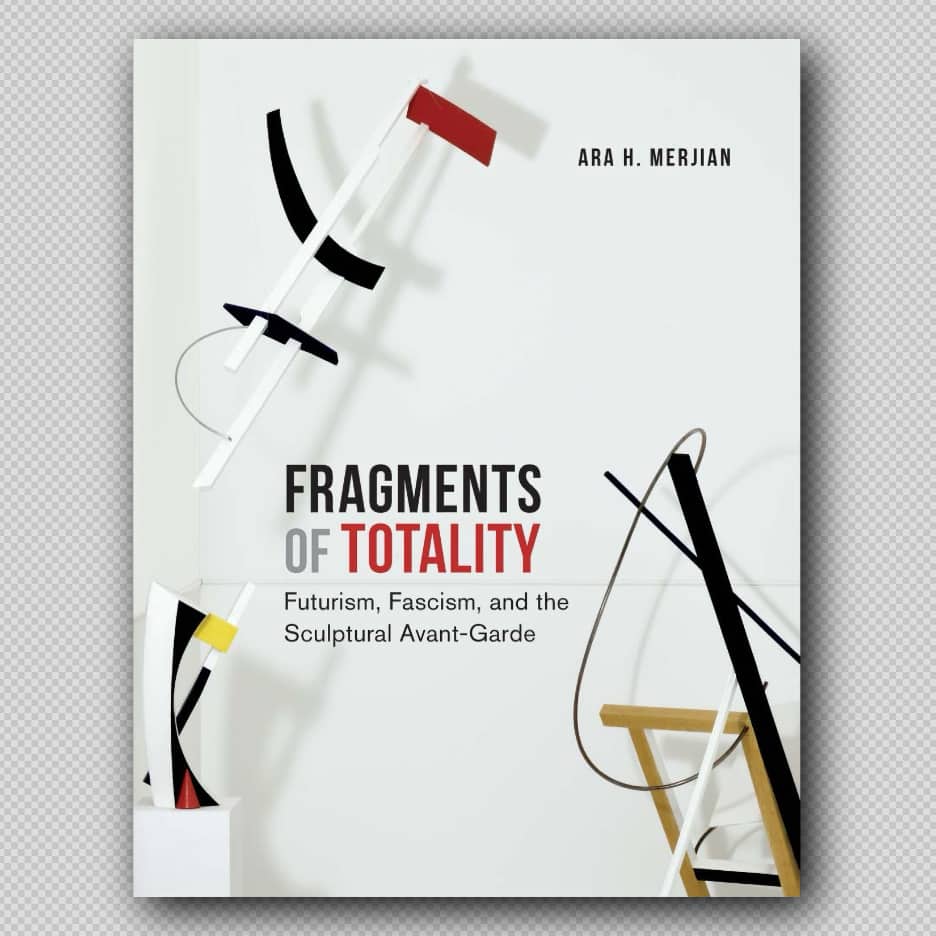
Ara H Merjian, Fragments of Totality
Books
Ara H Merjian: Fragments of Totality – Futurism, Fascism, and the Sculptural Avant-Garde
Morgan Falconer
Futurism was forged in nationalism, fired by technophiles, violent in its rhetoric, xenophobic and proto-fascist. Does that mean that Futurism’s time has come once again? Probably not. Donald Trump has, rather, the tastes of Il Duce: he wants a classical revival. In fact, our felt distance from Futurism is surprising.

Asian American Arts Alliance ‘What Can We Do?’ programme announcement
Reports
US Art Under Fire: How Donald Trump is Reshaping the Cultural Landscape
Simon Feisthauer Fournet
Some organisations, particularly those with diversity embedded in their missions, are refusing to make concessions. ‘We are not going to change what we do,’ said Lisa Gold, director of the Asian American Arts Alliance, ‘and we’re not going to change how we talk about it.’
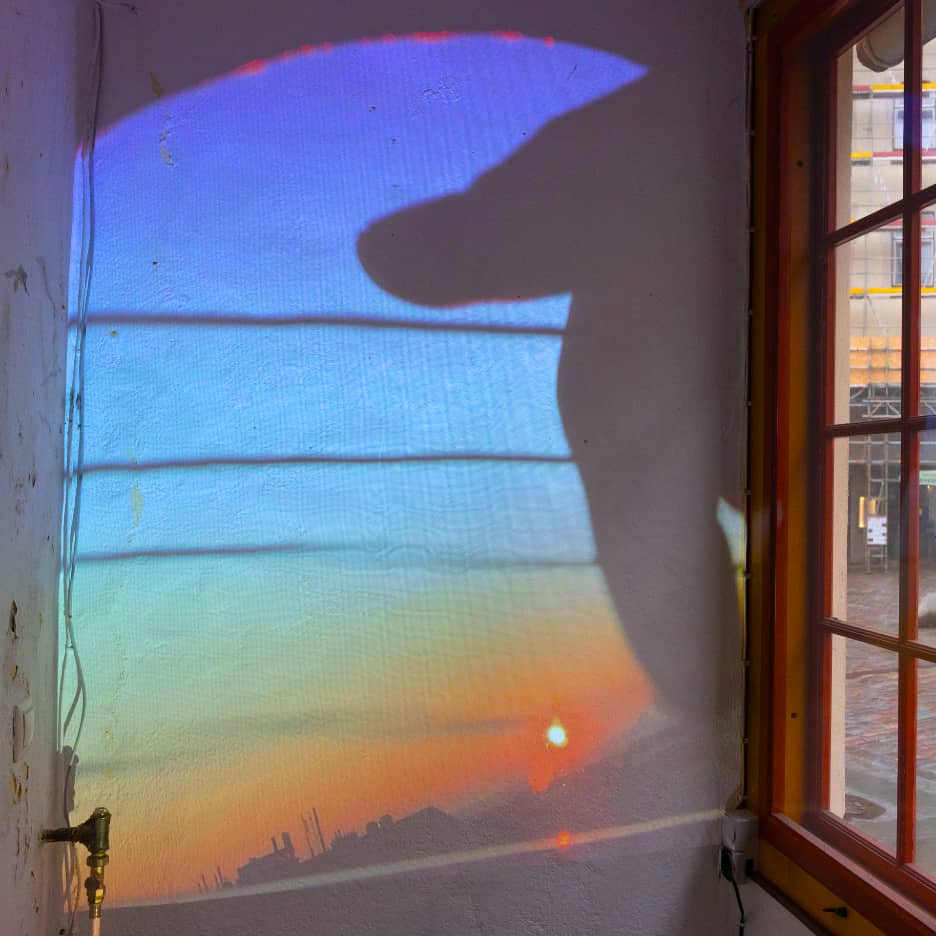
Artjom Astrov, Juice, 2025
Reports
Letter from Tallinn
Elizabeth Fullerton
Tallinn is a beautiful city whose architectural mishmash of gothic, baroque, art nouveau and Soviet modernist styles testifies to upheaval, displacement and occupation over many years.
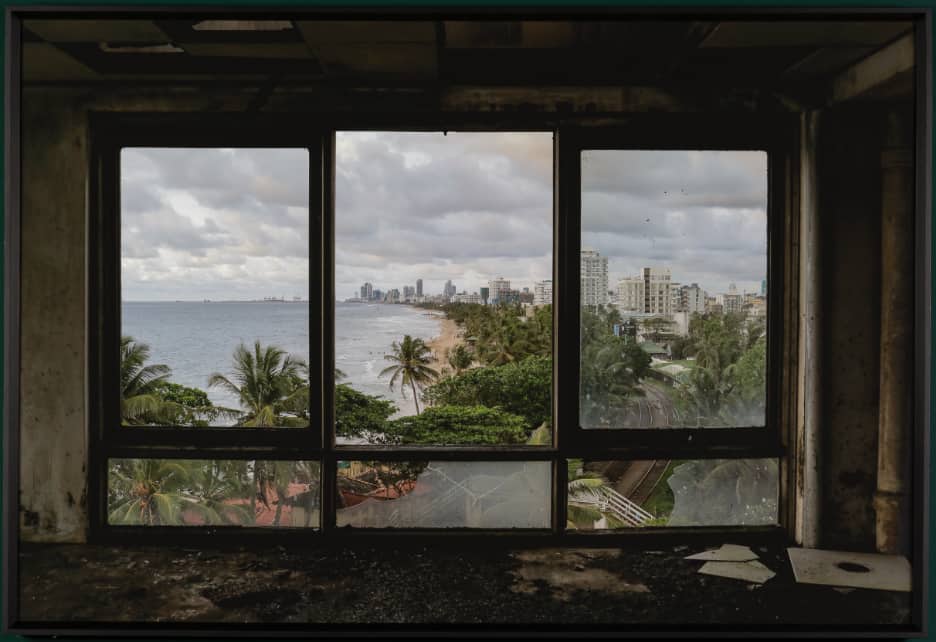
Abdul Halik Azeez, Tilly’s Beach Hotel, 2019
Reports
Letter from Colombo
Edwin Coomasaru
The many social divisions in the country have long manifested in territorial conflict. The civil war, which was waged between the government of Sri Lanka and Liberation Tigers of Tamil Eelam over an independent state in the north of the country, had its origins in the instrumentalisation of ethnic groups during British rule between 1796 and 1948.
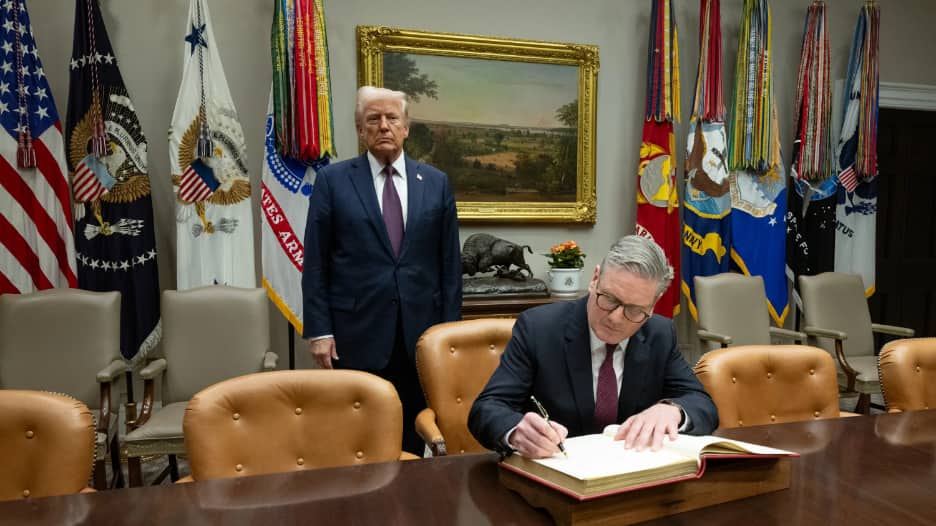
Keir Starmer visits the White House
Artlaw
US Art Import Tariffs
Henry Lydiate
Clarification by US officials of this currently uncertain legal tariff situation is needed, ideally before 8 July 2025 when higher tariffs are due to come into effect. Another art tariff lawsuit against the US government, nearly a century after Constantin Brancusi’s, would doubtless be legally entertaining, but is wholly avoidable.
